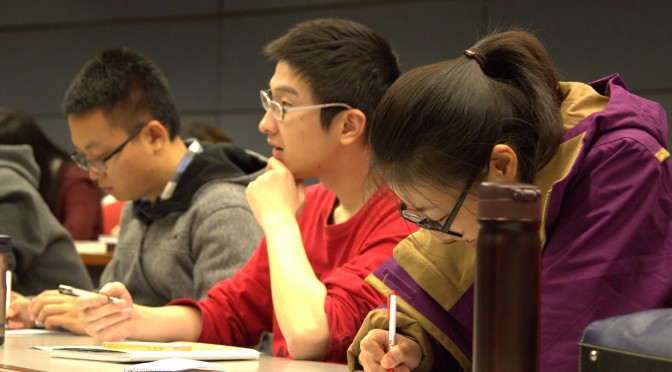They say possession is nine-tenths of the law. But nine-tenths of possession is culture.
The ideas that surround and police concepts like “intellectual property” and “academic integrity” are products of the culture to which they belong. When you grow up within a given culture, you absorb the assumptions underscoring these products,and you are exposed on a regular basis to the rules that govern them.
This doesn’t mean that your average high school student looks kindly on the Works Cited list she has to prepare for the end of her research paper, but when her teacher announces that one will be required, it comes as no surprise and fits easily in with her expectations. She knows what it should look like. She knows why it’s there.
For a student who has grown up in a different academic tradition, the concept of citation styles can seem much more vague and abstract, and sometimes, frankly, optional, existing as a separate consideration to the quality of his or her overall paper or project.
The Collaborative for Multilingual Writing and Research offered an interactive workshop this quarter called “How Do I Cite This?” designed to clarify concepts like “plagiarism” and “acknowledging sources,” while providing clear visuals to steer students in the right direction when formulating their own documents. Students participated in activities for either APA or MLA styles and left with an APA quick-reference sheet and/or an MLA quick-reference sheet including a list of resources to access within the university.
The bottom line: American universities are serious about citing, but there are always people willing and able from professors, to libraries, to Writing Centers (of course!) to help students through the process.
Discover more from UCWbLing
Subscribe to get the latest posts sent to your email.

